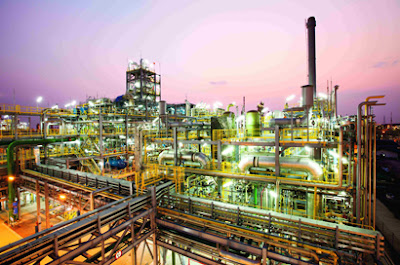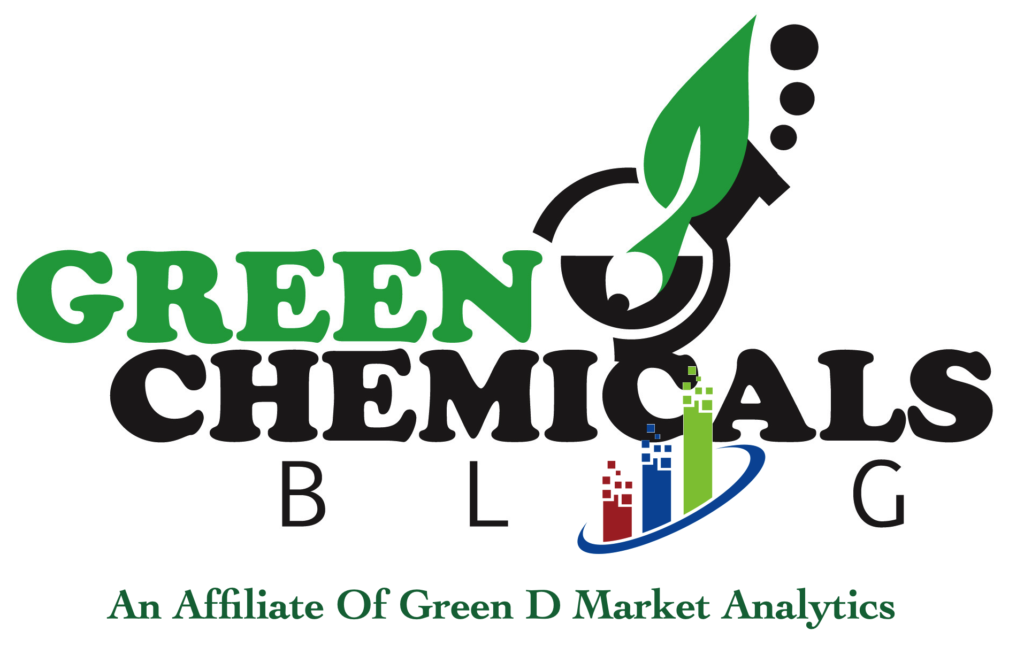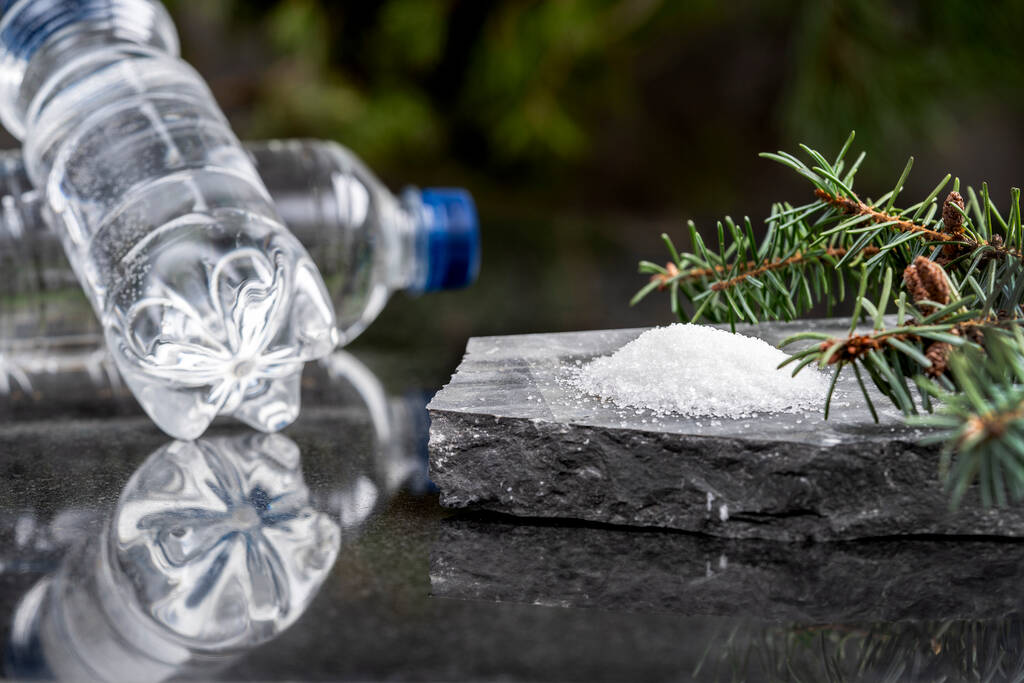Belgium-based Solvay and Dutch specialty chemical firm AkzoNobel have been very cozy lately as the two companies formed two deals on renewable chemicals this year.
Today, the companies said they have signed a three-year agreement where Solvay will supply refined glycerine-based epichlorohydrin (ECH) between 2013 and 2016 to AkzoNobel. Under the deal, AkzoNobel will increasingly buy volumes of glycerine-based ECH indirectly via the epoxy resins it purchases from Solvay’s customers. ECH is a chemical intermediate used to make epoxy resins, which are base ingredients to certain coatings.
By 2016, AkzoNobel aims to source 20% of its total ECH demand as bio-based material. Solvay’s glycerine-to-ECH process technology is marketed under the trademark Epicerol®.
Solvay currently produces glycerine-based ECH at a 20,000 tonnes/year plant in Tavaux, France, and a 100,000 tonnes/year plant in Map Ta Phut, Thailand, owned and operated by Solvay’s affiliate Vinythai. The Map Ta Phut facility consumes 110,000 tonnes/year of refined glycerine contracted in Asia.
 |
| Vinythai’s Map Ta Phut site in Rayong, Thailand |
Solvay is currently constructing another 100,000 tonnes/year Epicerol® facility in China, which is expected to start operating in the second half of 2014.
Last March, AkzoNobel and Solvay have also signed an agreement to establish a partnership in the use of Solvay’s Augeo™ line of renewable oxygenated solvents such as bio-butanol, bio-acetone and their derivatives, within AkzoNobel’s formulations of paints and coatings. All the products under the Augeo™ line are developed entirely in Brazil, targeting both local and world markets.
Under the deal, AkzoNobel is expected to get bio-based solvent volumes of up to 10,000 tons/year by 2017. The project is expected to take over two years and both companies will mobilize specific resources starting Q2 2013.
“This is our first concrete step following the adoption of our Biobased Chemicals strategy. We’re excited to be able to achieve not only a further increase of the “green” portion of our spend but also that with Solvay we can do so in a cost-competitive manner. This is the way to drive renewables and sustainability for our customers.” – Peter Nieuwenhuizen, Director Future-proof Supply Chains, AkzoNobel.
The Augeo™line’s first product was actually introduced in late 2009 called Rhodia Augeo™SL 191, a glycerine-based solvent that reportedly can be a competitive alternative to glycol ethers and their petrochemical-based acetates (butyl glycol, propylene glycol monomethyl ether, dipropylene glycol monomethyl ether, propylene glycol monomethyl ether acetate) used in paints and coatings.
Incoming bio-based solvents within the Augeo™line are bio-butanol and bio-acetone as mentioned in the press release. Incidentally, Rhodia can source those from its partner Cobalt Technologies, a US-based developer of biobased n-butanol.
Rhodia and Cobalt have been planning since last year to build a biobased n-butanol demonstration facility near an existing sugar mill in Brazil, but the facility will use non-food feedstock such as bagasse. Operational testing at the demonstration plant is expected to be completed no later than Q3 2013.
Following the demonstration plant, the companies plan to construct a multiple biorefineries co-located with sugar mills initially in Brazil and then in other Latin American countries. Capacity of the plant was not disclosed but it is said to be 1/10 the size of a commercial-scale fermentor which is within normal industry scale-up parameters. A commercial bio-butanol plant capacity is pegged at an averaged 100,000 tonnes/year.
Last year when I had an interview with Cobalt Technologies, CFO Steven Shevick noted that decision to build a commercial plant is expected to happen in Q4 2013 and the plant is then projected to be running in time for the sugar harvest in the Spring of 2015. Demand for butanol in Latin America was estimated at around 80,000 tonnes and was forecasted to grow to 200,000 tonnes in 2015.
Shevick noted back then that their product price range could be between 40%-60% below petroleum-based n-butanol depending on the feedstock.
In April, Cobalt said it has successfully scaled-up its biobased n-butanol production at a fermentation scale greater than 100,000 liters compared to the previous 4,000 liter pilot scale. The production run was made at LS9’s Okeechobee, Florida, demonstration facility. Cobalt said it made minimal modification to LS9’s existing aerobic system, highlighting the flexibility of Cobalt’s technology, robustness of the company’s biocatalyst and the ease of retrofitting or co-locate with existing ethanol plants whether based on sugarcane or corn for the production of biobased n-butanol.
A short note on Solvay’s renewable chemicals targets, the company has restructured its business activities and organizations this year and one of the company’s top priorities is to focus on innovation in sustainable chemistry.



